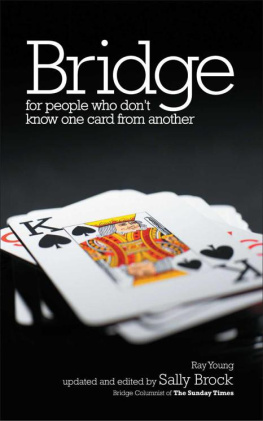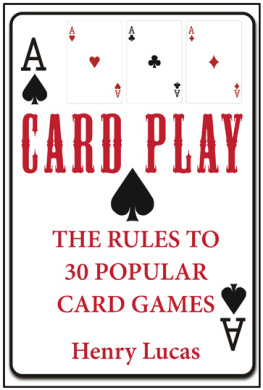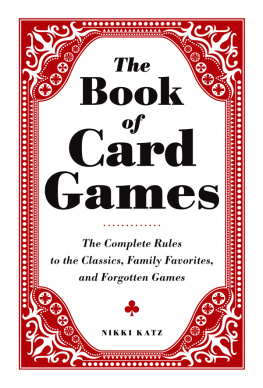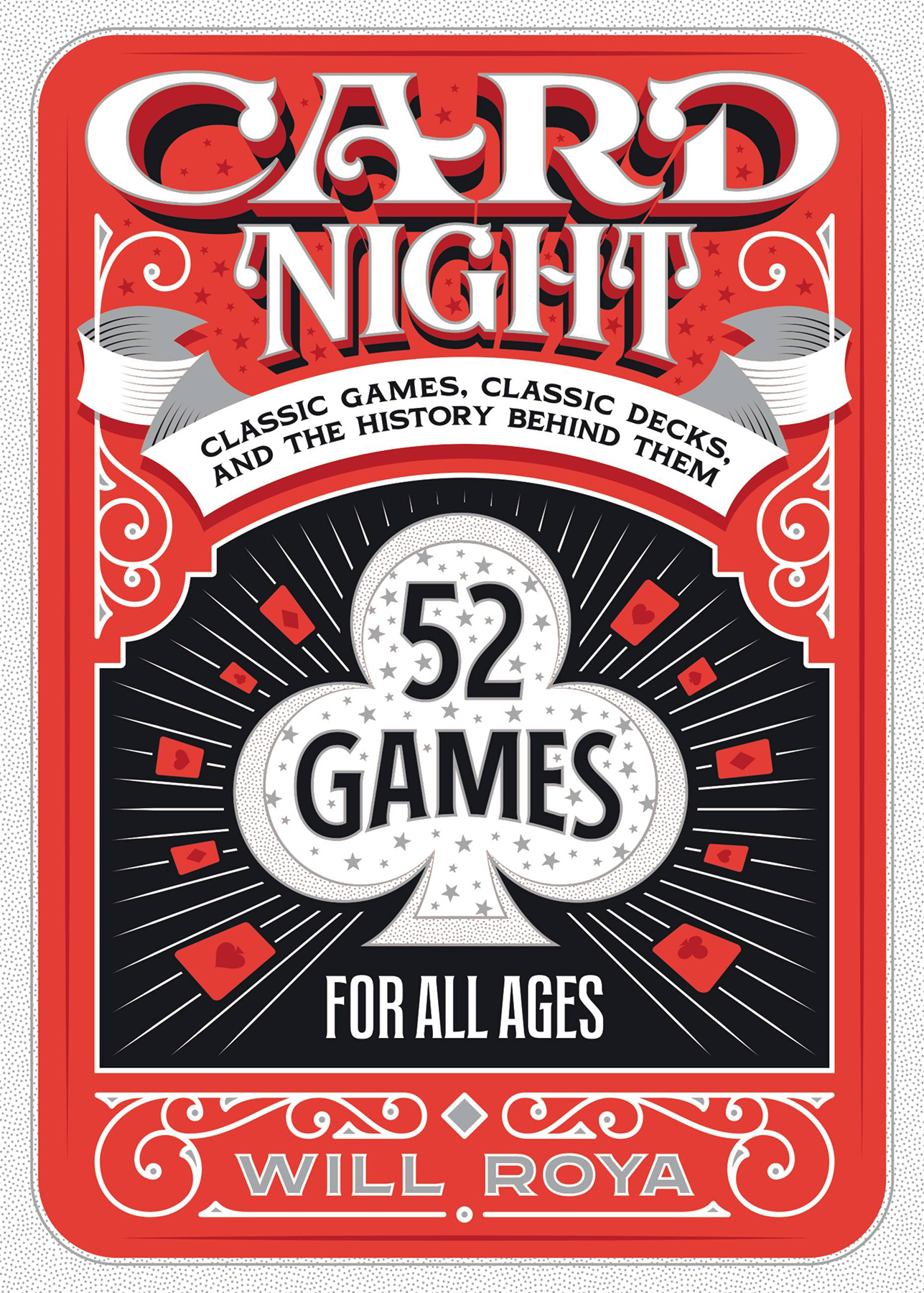
Copyright 2021 by Will Roya
Illustration 2021 Jason Carne
Cover copyright 2021 by Hachette Book Group, Inc.
Hachette Book Group supports the right to free expression and the value of copyright. The purpose of copyright is to encourage writers and artists to produce the creative works that enrich our culture.
The scanning, uploading, and distribution of this book without permission is a theft of the authors intellectual property. If you would like permission to use material from the book (other than for review purposes), please contact permissions@hbgusa.com. Thank you for your support of the authors rights.
Black Dog & Leventhal Publishers
Hachette Book Group
1290 Avenue of the Americas
New York, NY 10104
www.hachettebookgroup.com
www.blackdogandleventhal.com
First Edition: July 2021
Black Dog & Leventhal Publishers is an imprint of Perseus Books, LLC, a subsidiary of Hachette Book Group, Inc. The Black Dog & Leventhal Publishers name and logo are trademarks of Hachette Book Group, Inc.
The publisher is not responsible for websites (or their content) that are not owned by the publisher.
The Hachette Speakers Bureau provides a wide range of authors for speaking events. To find out more, go to www.hachettespeakersbureau.com or call (866) 376-6591.
Illustration credits can be found .
Additional text contributions by Richard Pot.
LCCN: 2020032707
ISBNs: 978-0-7624-7351-9 (hardcover); 978-0-7624-7352-6 (ebook)
E3-20210609-JV-NF-ORI
TO THE JACK OF SPADES. YOU HAVE ALWAYS BEEN MY FAVORITE.
Because we are all familiar with the modern deck of playing cards, a standard deck of Bicycle Rider Back playing cards seems very normal and traditional to most of us. But to people of the past, a deck like this is anything but normal! The reality is that playing cards have undergone a radical transformation since their first beginnings several centuries ago. Our modern playing cards evolved into a deck of fifty-two cardswith four suits in red and black and with two Jokersby making a journey that took hundreds of years and involved traveling through many countries.
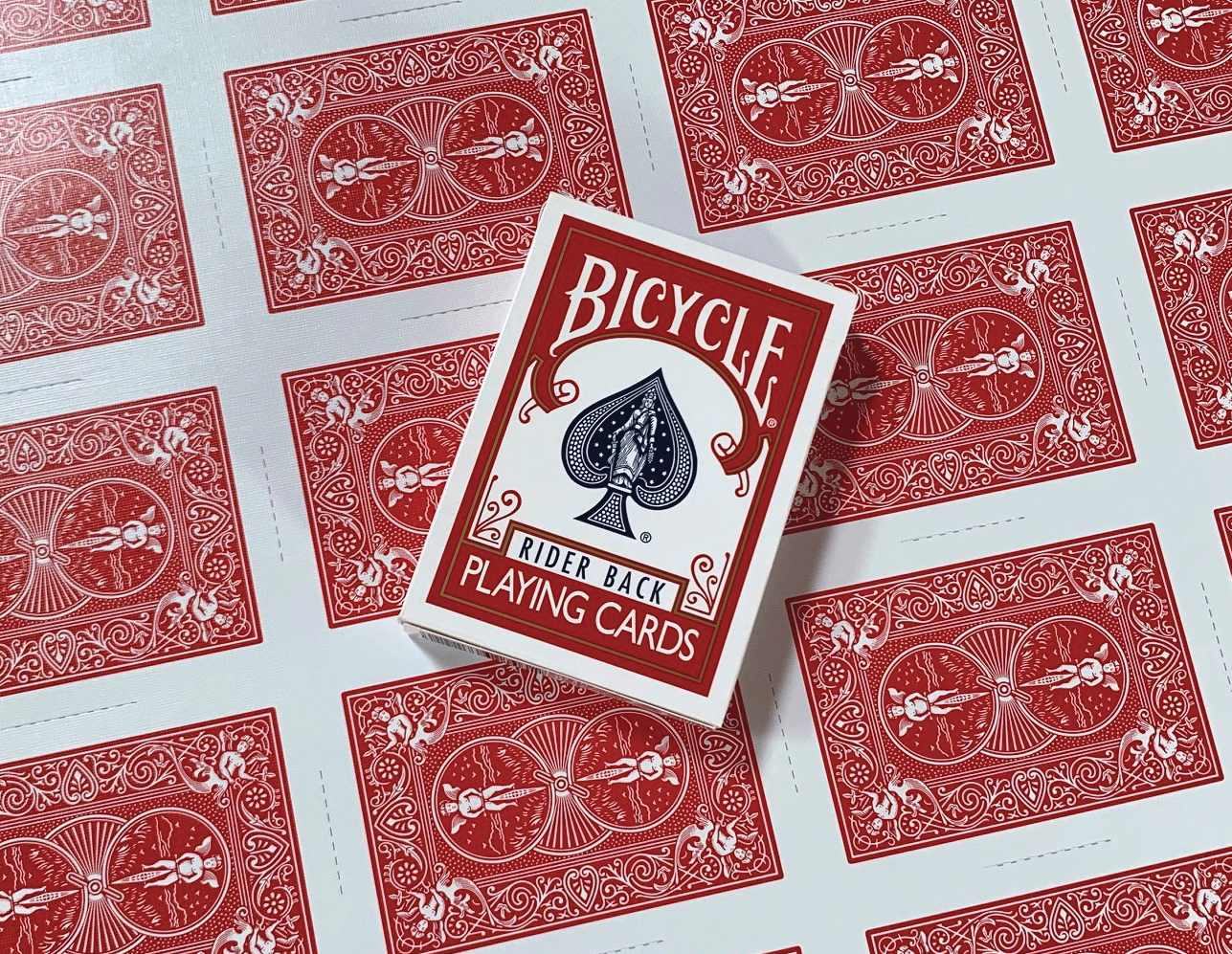
Lets survey the history of playing cards, paying close attention to the geographic influences that have helped to shape the modern playing card. Our whirlwind historical tour will begin in the East, under a cloud of uncertainty about the precise origin of playing cards. But from there well make our way to Europe, first to Italy and Spain, then east to Germany, then back west to France, and eventually across the channel to England. Finally, well travel over the ocean to the United States, where the United States Playing Card Company (USPCC) produces modern decks in the form that we now know them.
THE EAST
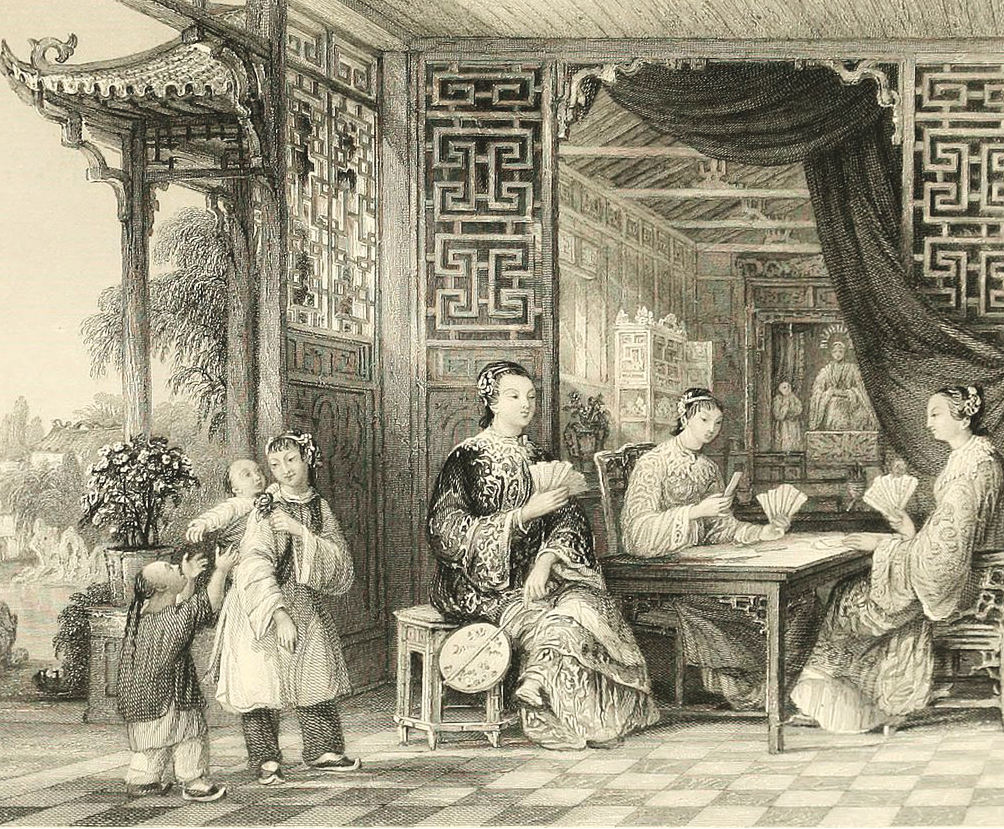
The precise origin of playing cards continues to be the subject of debate among scholars, and even the best theories rely more on speculation than proof. There is clear historical evidence that playing cards began to appear in Europe in the late 1300s and early 1400s, but how did they get there? They seem to have come from somewhere in the East and may have been imported to Europe by crusaders or tradesmen. The common consensus is that an early form of playing cards originated somewhere in Asia, and scholars have made links to cards in China, India, Korea, Persia, and Egypt, which may have eventually made their way to Europe. Some scholars believe that playing cards were invented in China during the Tang dynasty, around the ninth century CE . There seems to be evidence of some kinds of rudimentary games involving playing cards (and drinking!) around this time. These early cards included icons representing coins, which also appear as icons on playing cards that appear later in Western Europe. If the scholarship is correct, these early games played in the Tang dynasty would place the origins of playing cards before 1000 CE and suggest that playing cards originated alongside famous tile games like Dominoes and Mah-jongg, which were created around the same time. Some have suggested that playing cards first functioned as play money and represented the stakes used for gambling games, and later they became part of the games themselves.
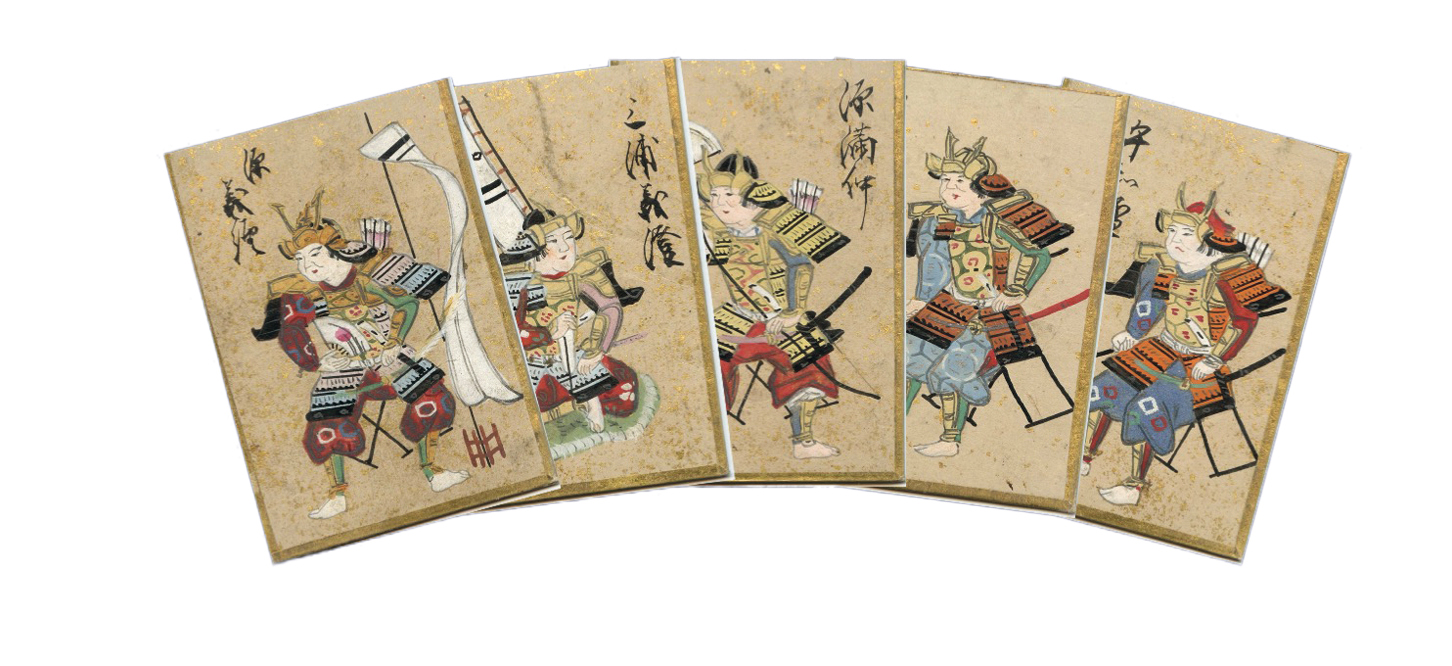
Japan, 17001730
We cannot be totally sure that playing cards first appeared in the East, though evidence strongly suggests that is the case. Lets head to Europe and the earliest confirmed reference to playing cards, which is found in a Latin manuscript written by a German monk living in a Swiss monastery.
ITALY AND SPAIN
In a manuscript dated 1377, German monk Johannes from Switzerland mentions the appearance of playing cards and names several different card games that could be played with them. In the 1400s, playing cards often appeared along with dice games in religious sermons as examples of gambling activities that were denounced, and there is clear evidence that a fifty-two-card deck existed and was used during this time. The suits in the first European decks of the fourteenth century were swords, clubs, cups, and coins, and they very likely had their origin in Italy, although some connect these early suits with the cups, coins, swords, and polo sticks found on Egyptian playing cards from the Mamluk period. At any rate, these are the four suits still found in Italian and Spanish playing cards today, and they are sometimes referred to as the Latin suits.
The court cards from late-fourteenth-century Italian decks typically included a mounted King, a seated and crowned Queen, plus a Knave. The Knave is a royal servant, although the character on the card could also represent a prince and would later be called a Jack to avoid confusion with the King. Spanish cards developed somewhat differently, with the court cards depicting a King, a Knight, and a Knave, with no Queens represented. The Spanish packs also didnt have a 10, and with the absence of 8s and 9s in the national Spanish card game known as Ombre, the typical Spanish deck usually only included forty cards.
The first playing cards in Italy were beautiful, hand-painted luxury items found only among the upper classes. But as card playing became more popular, and methods were developed to produce them more cheaply, playing cards became more widely available. It was only natural that this new product eventually spread west and north, and the next major development in playing card history occurred as a result of their reception in Germany. One historian has described their rapid spread as an invasion of playing cards, with soldiers also assisting in their movement across the continent.
GERMANY
To establish themselves as a card-manufacturing nation in their own right, the Germans introduced their own suits to replace those created by the Italians, and these new suits reflected the German interest in rural life: acorns, leaves, hearts, and bells; the latter being hawk bells and a reference to the popular rural pursuit of falconry. The Queen was also eliminated from the German court cards, which instead consisted of a King and two Knaves, an obermann (upper) and untermann (under). Meanwhile, the 2 replaced the Ace as the highest card, to create a forty-eight-card deck.



